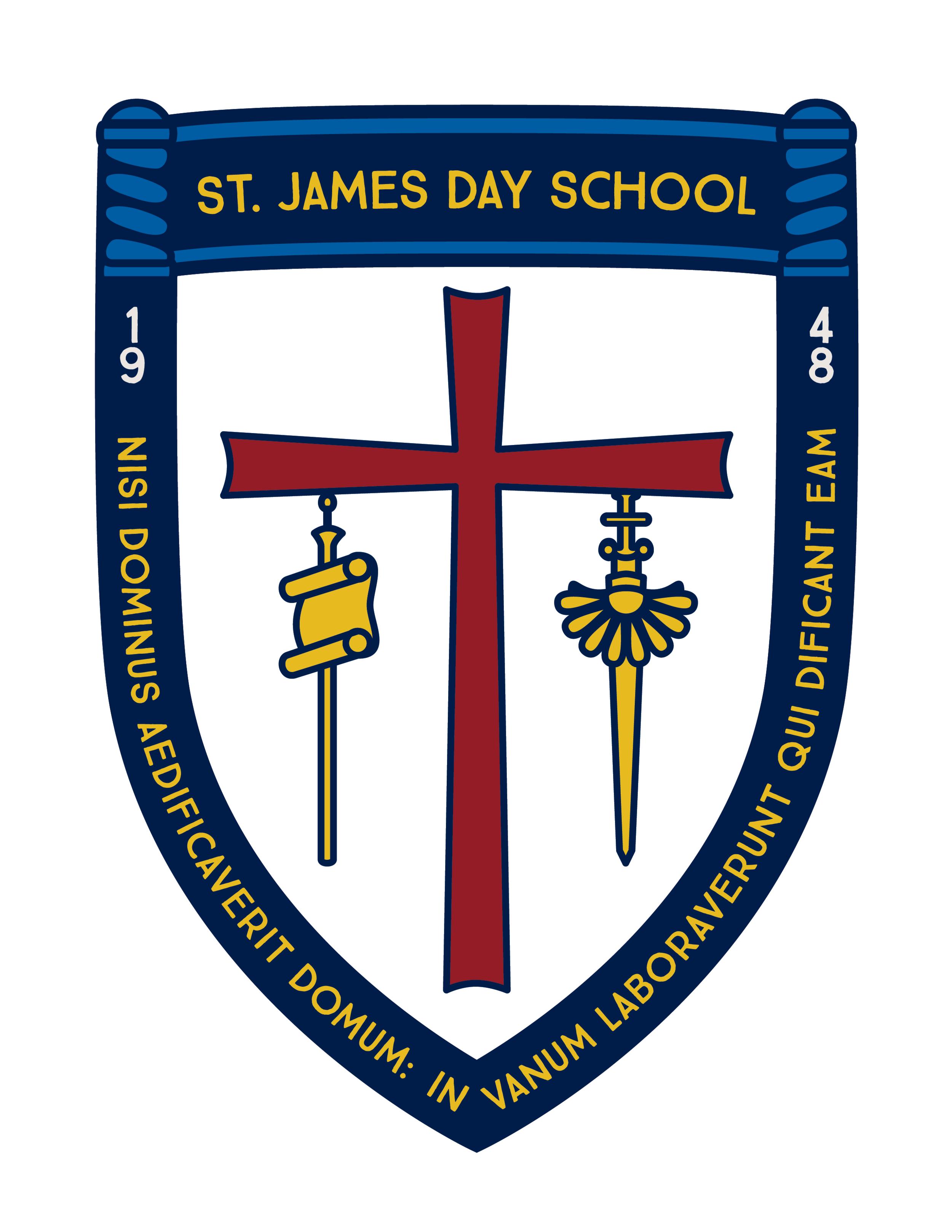Why are we investigating boxes in PreK? Boxes are endlessly fascinating to young children. Perhaps more than any other toy or game, boxes have the power to hold children’s attention and spark their imagination in astonishing ways. Open-ended and plain, the humble cardboard box is so full of possibilities that most children cannot resist bending it to their will. For example, in the hands of a young child, a large appliance box has unlimited potential as a castle, a multilevel garage, a pirate’s ship, an ice cream shop, and a race car. It takes children on amazing adventures and enables them to explore imaginary worlds.
A study of boxes builds on children’s natural curiosity and promotes important skills as children gather information, learn about the world around them, and solve problems. Children will explore many types of boxes, investigate how they are made, observe people using them in different ways, and learn about the tools and equipment people use to move them.
Our focus question this week was what can we do with boxes? We had two teams (boys and girls) and each team had to take the boxes and come up with their very own creation. The girls quickly decided upon a house with a chimney and each girl had their very own car to park in the garage! The boys came together and decided to build The Tortuga from the Wild Kratts!! I thought each group worked together as a team and did a fabulous job.
We did a cooperative painting using a TV box that was given to us. Each child picked the color of paint they wanted to use and squirted it on paper taped to the box. They had to all hold the box as I dropped balls onto the paper and figure out how to make the balls roll into the paint and around the paper. This activity was SO. MUCH. FUN. The laughter that they shared while working together was contagious!
Both of these activities are teaching the children how important it is to establish and sustain positive relationships. Being able to establish caring relationships and to enter successfully into ongoing social interactions are essential skills for school and for success in life. Play is an important context for developing close relationships. Creative learning activities such as fantasy play, block play, and open-ended art activities provide opportunities for children to build positive relationships with peers.













































































































































